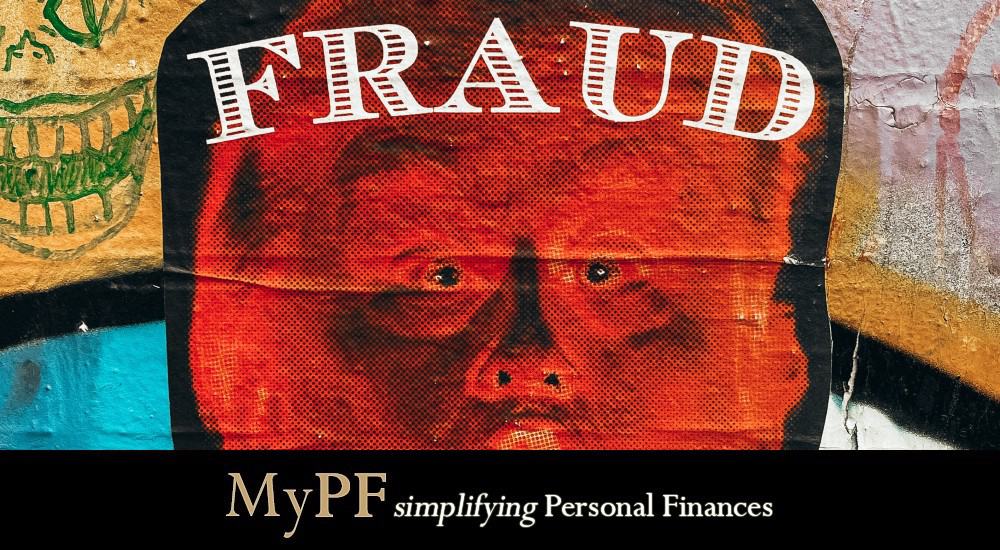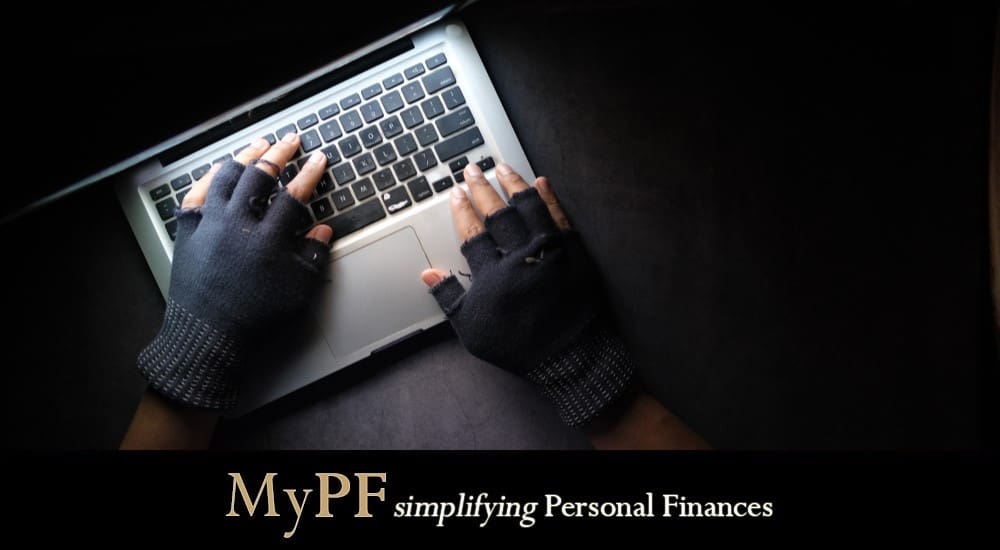Like individuals, banking institutions face the dangers of cybercrime and fraud constantly and need to adapt to keep the trust of their clients.
In general, your money is safe in the bank, even during a recession or other challenging economic circumstances. Your money might not be entirely safe, though, depending on several variables, such as your balance and the type of account.
As economic crimes are a menace, banks are constantly adding new tools to their armoury in the fight against cybercriminals, such as artificial intelligence software that may be able to identify signs of fraudulent activity on a particular account.
In this article, we will go over how fraudsters cheat banks and what actions are banks taking to reduce risks.
Contents
7 Ways Scammers Cheat a Bank
It sometimes only takes well-planned phone conversations, emails, and faxes to convince account holders to authorise sizable transfers to fraudsters, who are frequently based abroad.
Once the fraudster has the money, it is typical for them to quickly transfer it to other accounts and businesses. Recovery of stolen goods, which is typically the victim’s top priority, may be facilitated faster and more effectively by pursuing civil action against online criminals.
Scam #1. Loan Fraud
Loan fraud can result from accounting fraud; however, this kind of fraud doesn’t merely involve companies providing false information on loan applications. Loan fraud also includes people using fraudulent information to acquire a loan.
Another instance of loan fraud is when a burglar steals someone’s identity and applies for a loan in that person’s name. This also includes situations where a victim has a line of credit and a con artist uses that line to withdraw money.
Scam #2. Wire Transfer Fraud
All instances of fraud using wire transfers or the internet are considered to be wire fraud. In some instances, con artists use a bank customer’s username and password to send money to themselves.
A scammer might even persuade the victim to transfer money to him/her. In a type of scam called the secret shopper scam, for instance, the con artist persuades the victim that they have been employed to work as a secret shopper for a bank or a wire transfer company. The con artist instructs the victim to send money through that institution via wire transfer. The victim thinks that by doing this, they will be reimbursed for the money they provided as well as for their time spent acting as a “secret shopper.” The victim never receives their money back since the other party vanishes once they transmit the money.
Scam #3. Phishing Fraud
Phishing is when a con artist tries to gain a victim’s banking information through the use of email, texts, phone calls, etc. This sort of fraud frequently involves other fraud categories. For instance, thieves frequently employ phishing emails to obtain victims’ bank account information so they may carry out wire transfers or ACH fraud.
Scam #4. Rogue Traders
If you manage an investment bank, you may have traders on staff. In this case, you must be sure to safeguard yourself against dishonest traders. These are traders that carry out illegal transactions and game the system to make it appear as though their trading activities are bringing in more money for the bank than they realistically are.
Scam #5. Demand Draft Fraud
Demand draft fraud happens internally, much like rogue trading. Simply put, one of the bankers creates a demand draft payable to a different branch or even a different bank. They cash the demand draft and keep the money after using what they know about the system to avoid detection.
Scam #6. Bill Discounting Fraud
Even though this kind of bank fraud is not common, you should be aware of the risk. In most cases, the perpetrator of bill discounting fraud opens a business account at the bank. The “business owner” then persuades the bank to begin billing the company’s customers. The alleged clients consistently pay the bills because they are complicit in the fraud. In the end, the client requests that the bank credit the bills in advance. When the bank does that (maybe not the first time but when the balance is large), the fraudster escapes with all of the money and the bank is not able to recover those funds.
Scam #7. ATM Fraud
Everything from reprogramming the ATM to adding a skimmer to capture card information is considered ATM fraud. However, this can also involve making fraudulent deposits via empty envelopes; in most cases, the simplest method to prevent that is by using an ATM that doesn’t accept envelopes.
How Are Financial Institutions Fighting Back?
An organisation must be prepared to secure their business in a way that is adaptable and flexible to ensure that it keeps being ahead of these scam artists. Here are 3 tactics institutions are taking to lower the risks to their assets.
Tactic #1. Establish Tone At The Top
Any programme for managing fraud risk must start at the top, where there must be a strong commitment to preventing fraud at all organisational levels. If the board is not committed, banks and other financial organisations cannot build a strong risk culture across the firm.
The board must also make sure that management has efficient fraud risk management paperwork to promote moral conduct among workers, clients, and suppliers. The necessary resources can be committed to fraud identification and prevention procedures across all banking channels thanks to the board’s commitment to fraud risk management.
Tactic #2. Creating Fraud Awareness Through Assessment
To ensure that fraud risks, whether they are current or emerging, are examined regularly, fraud risk assessments should be carried out consistently and methodically. Even potential criminals can be discouraged from seeking to participate in fraudulent operations against banks and financial institutions by the presence of a board commitment and a robust fraud risk assessment process.
Having open communication channels where everyone in the business may report fraud threats, whether they originate inside or outside the organisation, is one element of a strong fraud risk assessment. In essence, every employee actively participates in the evaluation of the risk of fraud.
Tactic #3. Fraud Prevention
Intelligent risk assessments give organisations a path for putting fraud prevention initiatives in place to stop fraudulent conduct and encourage a culture of risk awareness. A generalised approach to fraud prevention is unsustainable for banks and other financial organisations; instead, fraud prevention approaches should be adapted to the risks they are reducing.
Following the implementation of fraud prevention strategies, ongoing evaluation is necessary to compile data on the efficiency of those strategies.
To maximise fraud protection methods, it is essential to consistently assess and communicate results. If fraud prevention strategies are proving to be ineffective, they can be changed to ensure that they are best able to mitigate fraud.
Conclusion
Overall, banks are working hard to reduce vulnerabilities for scammers to exploit. It’s still safer than keeping cash in a tin can at home.
On our end, we can take some action too. Keep up to date with news to stay alert of new scams or even old scams that are gaining popularity again. Banks too often send out anti-fraud notices to remind customers on the best ways to develop better financial habits that improve security of our money. Always stay vigilant and do report any suspicious activity immediately to your financial institution and lodge a police report.
Have you been a victim? Let us know your experience in the comments down below.












Leave A Comment